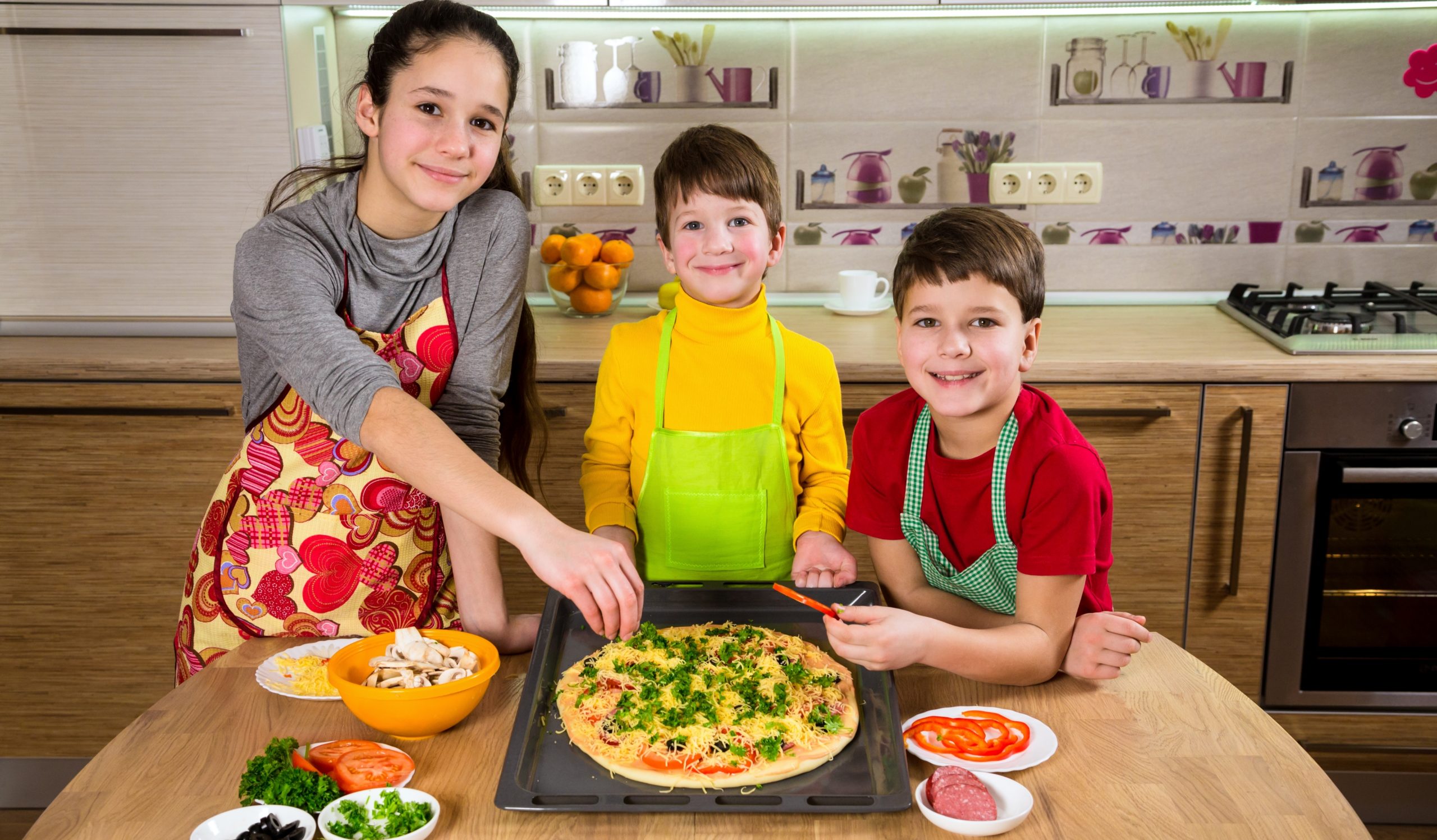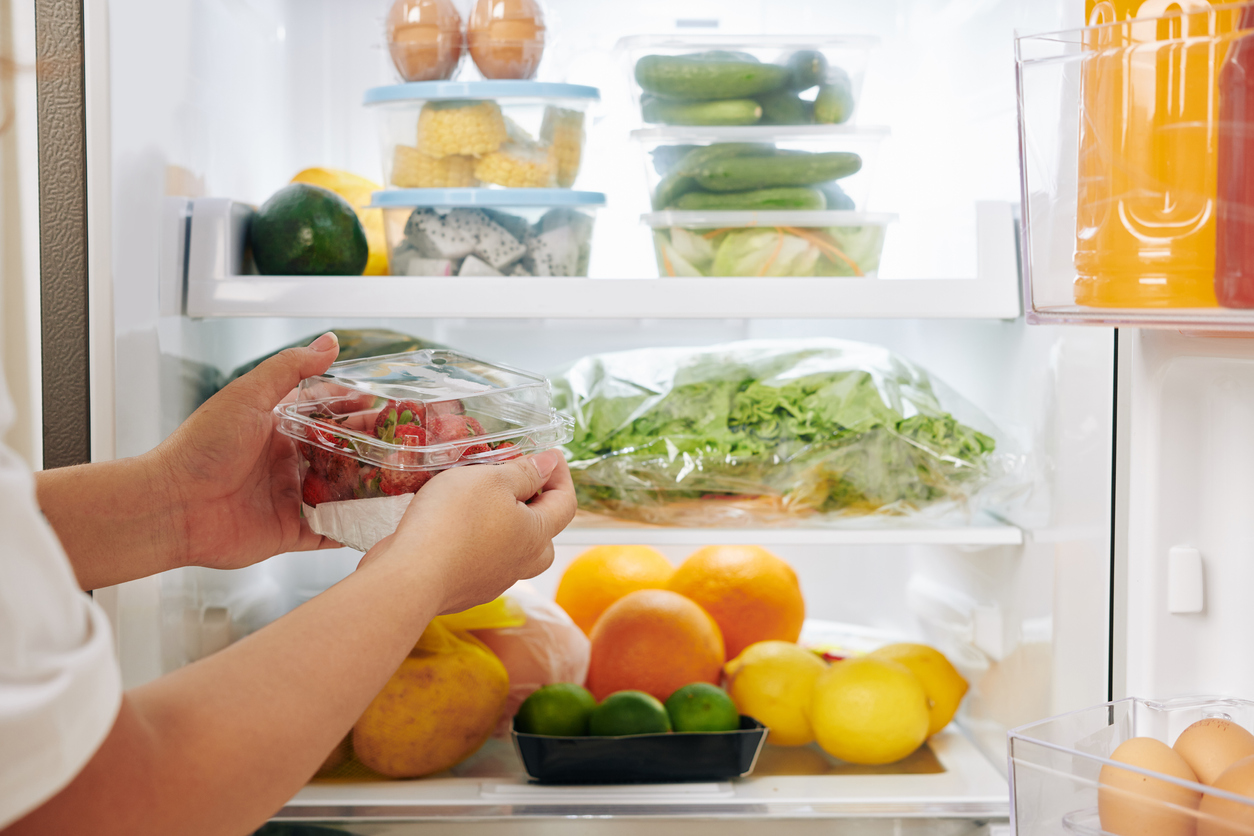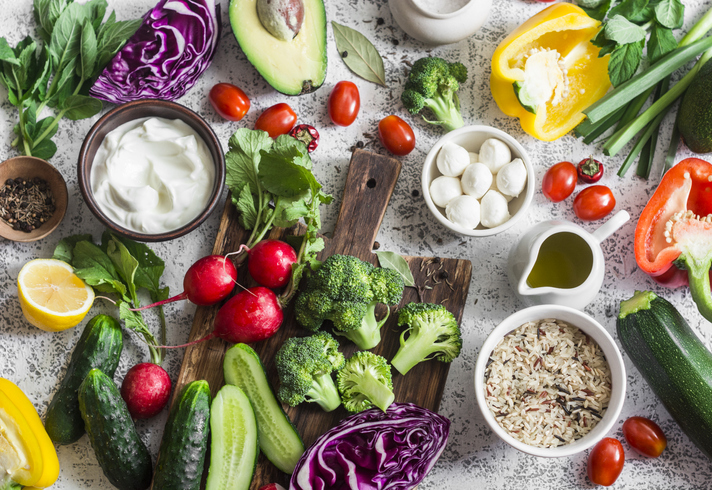
Kids Can Cook!
It can be easy to quickly pack kids’ lunches before rushing to get ready for work or set children up with a screen or potentially their homework while we make dinner. Although we can save time by doing all the food preparation ourselves, we lose out on engaging kids in the kitchen and helping them develop food literacy to last a lifetime. The more children are engaged in the growing, selection and preparation of their foods, the more likely they will develop into healthy eaters. But sometimes this does require a bit more time, mess and patience!
All parents want their children to achieve success when they leave the nest, in school or work, social connectedness and various sports or hobbies. However basic life skills are also the key to success and cooking is one of them. Many students arrive to college or university and do not know how to cook so they rely on ‘classic college foods’ like instant noodles, box mac and cheese and pizza delivery. Instead have them leave home with a well-practiced arsenal of family recipes and the knowledge and ability to select and prepare good food.
Cooking skills by age level (but no matter when they start, they should progress through the levels):
- 1-3 years old—tearing greens, mixing bowl contents, pouring measured ingredients
- 4-5 years old—kneading dough, using cookie cutters, cracking eggs, setting the table
- 6-8 years old—learning to chop using softer (e.g. avocado, banana) or cooked vegetables and fruit, measuring ingredients, arranging fruit and vegetable platters, making salad, using the blender or microwave with supervision, helping pack lunches, clearing the table
- 9-10 years old—packing lunches, following recipes, using the stove with supervision to flip pancakes or sauté, chopping harder vegetables like cucumbers & celery, doing dishes, using the blender or microwave unsupervised, baking with supervision
- 11 years and up— creating grocery lists, making full dinners and baking unsupervised—basically anything you can do (if they’ve grown through the other stages and skill sets).
Essential recipes to teach and practice:
- Healthy breakfasts like overnight oats or oatmeal, egg dishes like scrambles or frittata, whole grain pancakes or French toast and smoothies or parfaits.
- Packed lunches based on a balanced plate of ½ vegetables and fruit, ¼ protein foods and ¼ whole grains (think salmon salad sandwiches with raw veggies on the side OR salad jars stacked with brown rice or quinoa, beans or chickpeas and loads of veggies).
- Staple dinners like your family recipes, Pasta Fazool, salmon patties, chicken noodle soup, stir fry, lentil dahl and Buddha Bowls.
Hopefully through this engagement in the kitchen, they’ll develop a life-long inspiration to source new recipes, try new ingredients, grow their own food and pass their knowledge along to the next generation.



